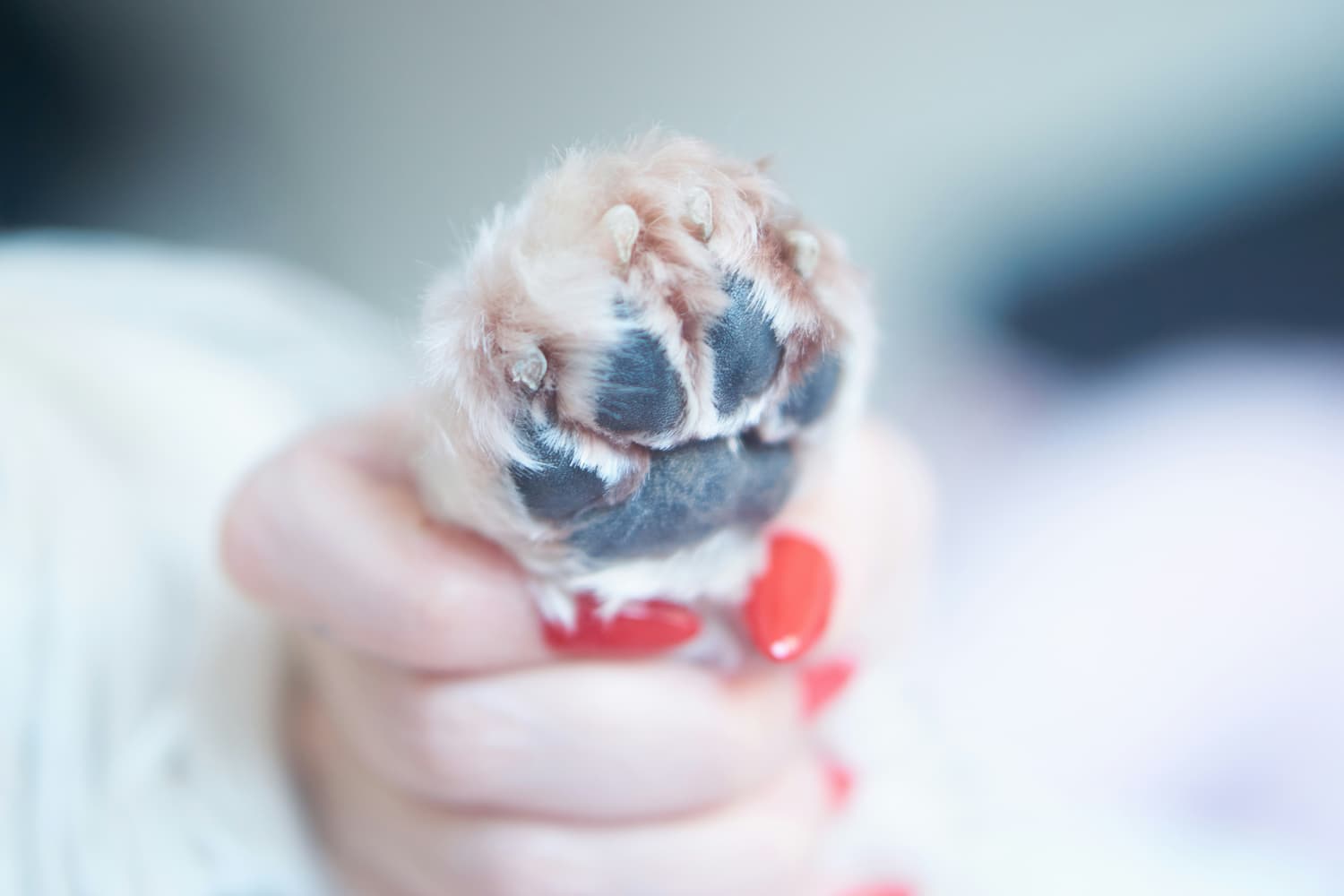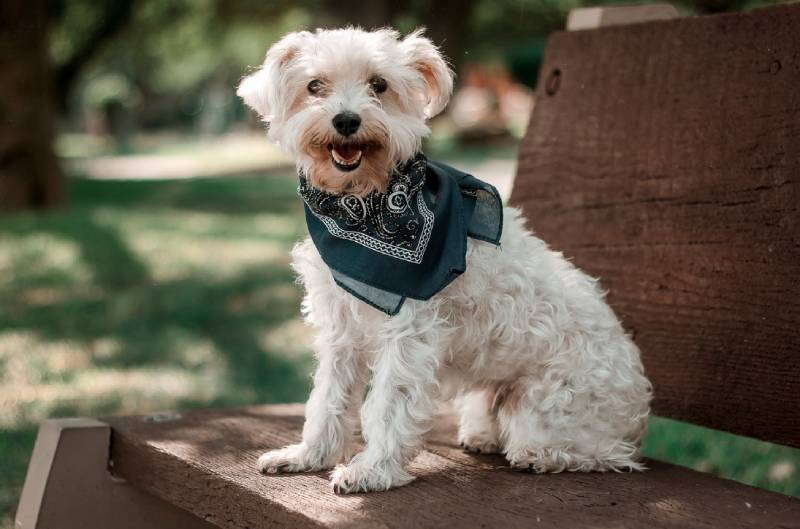Noticing your dog scratching, shaking their head, or rubbing a paw at an ear is stressful — and a signal it might be time to learn how to clean dog ears properly. Regular, gentle ear care prevents discomfort and many common infections. This guide walks you through practical, vet-backed steps for safe dog ear cleaning, with the supplies you’ll need and red flags that mean a vet visit.
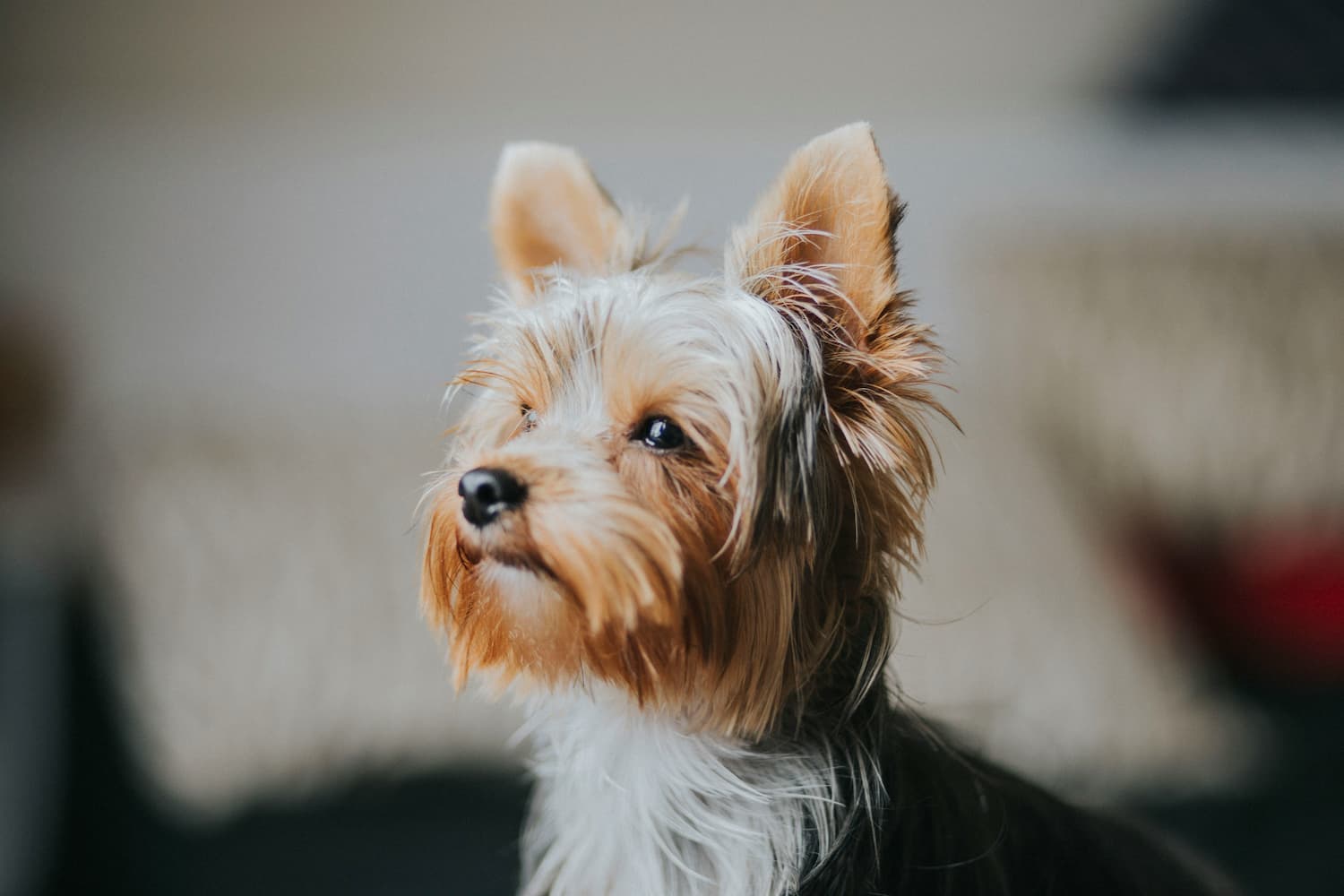
Why Is Ear Cleaning So Important for Dogs?
Dogs’ ear anatomy and lifestyle make them prone to buildup and infection. A dog’s ear canal is L-shaped, which can trap wax, debris, moisture, and—for some dogs—allow yeast or bacteria to overgrow. This leads to painful infections, which cause symptoms like redness, discharge, and even hearing loss if untreated.As Cornell Vet explains, ear cleaning “helps decrease debris, bacteria and yeast inside the ear,” which is especially important when treating or preventing infections.
Certain dogs are at higher risk: floppy-eared breeds (like Cocker Spaniels and Basset Hounds), frequent swimmers, dogs with allergies, and those that produce extra wax. Left unchecked, buildup can cause itchiness, pain, odor, and ultimately infections that need medical treatment. The goal of routine cleaning dogs ears is prevention and early detection—keeping the ear canal clear so topical meds work when needed and so small problems don’t become big ones.
When Should You Wash Your Dog’s Ears?
Not every dog needs the same schedule—over-cleaning can strip natural oils and irritate the skin. The AKC recommends checking ears weekly and cleaning only when you see dirt, wax, or other changes (redness, smell, discharge). If ears look pink, odorless, and clean, leave them alone.
Do clean their ears when:
Stop and call your vet if you see thick, dark discharge, blood, or if your dog shows pain when you touch the ear—these are signs of infection and need professional care.
What Supplies Do You Need for Dog Ear Cleaning?
Gather everything before you start—calm dogs tolerate the process much better. For basic dog ear cleaning you’ll need:
Avoid cotton swabs or pointed tools — they can push debris deeper and risk eardrum injury. The AKC and Cornell both advise against inserting anything deep into the canal; clean only as far as your finger (about one knuckle) comfortably reaches.
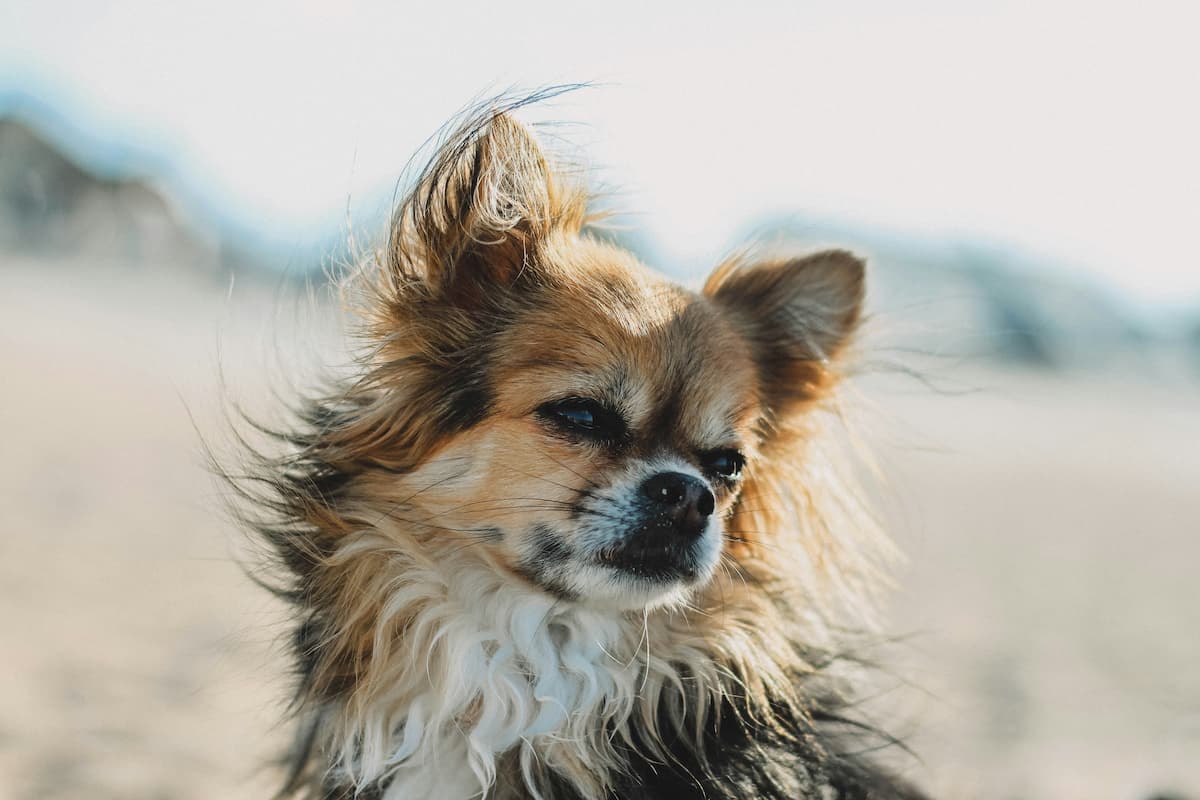
How to Clean a Dog’s Ears Step by Step?
Below is a safe, vet-approved routine for how to clean a dog’s ears at home. Read all steps first, then work calmly and steadily.
Repeat on the other ear. Always clean one ear at a time and offer treats and praise. If your dog shows pain at any point, stop and consult your veterinarian.
How Often Should I Wash My Dog’s Ears?
Frequency depends on your dog’s needs. Most dogs thrive with cleaning every 2-4 weeks. Floppy-eared breeds or water lovers may need weekly checks (and cleaning if wax builds up). Dogs with chronic ear issues might require weekly cleaning as prescribed by their vet. Over-cleaning can irritate the ear canal, so stick to a schedule that keeps ears clean but not stripped of natural oils. Always ask your vet for personalized advice based on your dog’s breed and health.
Aftercare and When to See a Veterinarian
After cleaning, keep an eye on the ear for 24–48 hours. Normal ears should look less dirty and not be red or painful. Contact your vet promptly if you notice:
Cornell emphasizes that untreated or recurrent ear infections can lead to chronic pain and more serious ear disease; early veterinary care prevents complications and helps identify underlying causes (allergy, mites, foreign bodies). If you’re unsure, it’s better to have the vet examine the ear than risk delaying treatment.
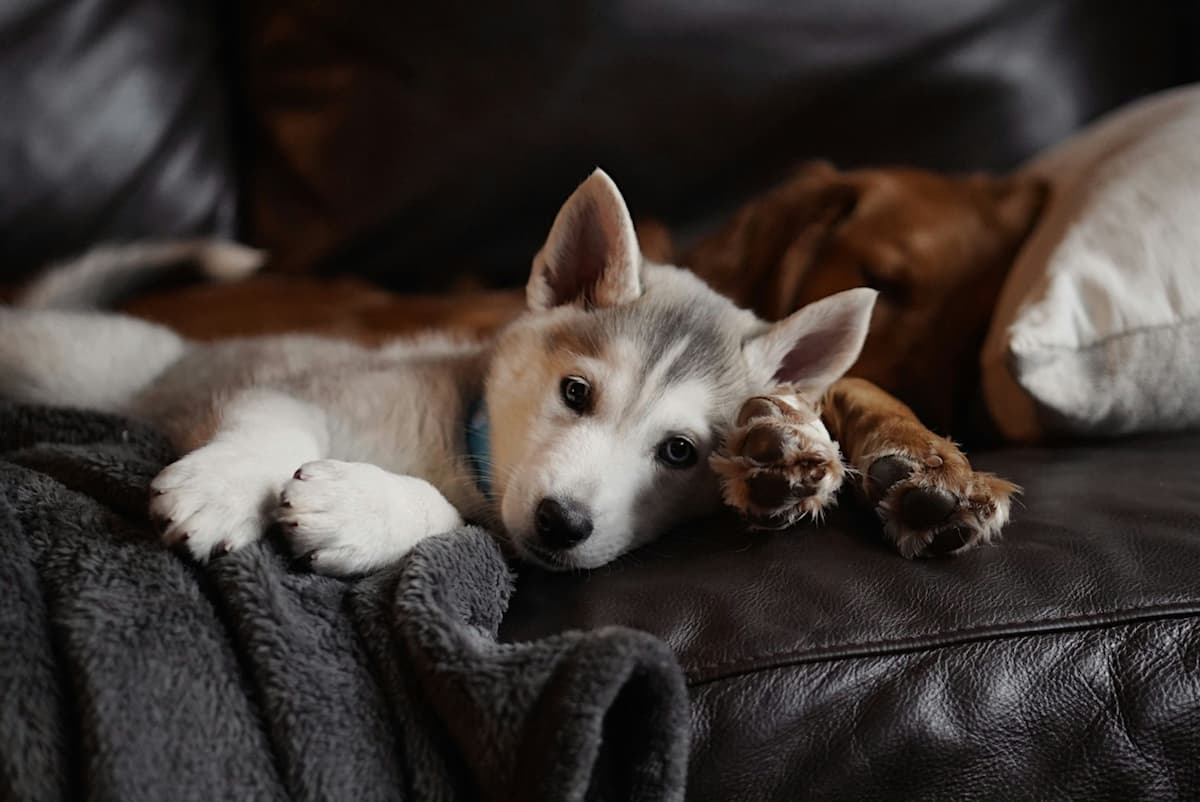
Conclusion
Knowing how to clean dog ears correctly keeps your dog comfortable and lowers the chance of infections. Use a vet-approved ear wash for dogs, be gentle, check ears regularly, and follow a schedule that fits your dog’s breed and lifestyle. When in doubt—pain, odd discharge, or strong odor—see your veterinarian. Gentle, consistent ear care is simple and one of the best things you can do to keep your dog happy and healthy.
FAQ
What is the best thing to clean a dog’s ears with?
The best option is a vet-recommended ear wash for dogs that’s alcohol-free and formulated for canine ears. Veterinary solutions are safer and more effective than many DIY mixes because they balance pH and are designed to dissolve wax without irritating sensitive skin. Ask your vet for a brand recommendation for your dog.
How do you get brown gunk out of a dog’s ear?
Brown gunk is usually excess wax or debris. Use vet-recommended ear wash: apply it to the ear canal, massage the base to loosen the gunk, then let your dog shake. Gently wipe away dislodged debris from the outer ear with a cotton pad. Repeat if needed, but never dig into the ear canal. If gunk returns quickly, consult your vet—it may signal infection.
Should you wash inside a dog’s ears?
Yes—clean the entrance to the ear canal and the outer canal only. Do not insert anything deep inside the ear (no cotton swabs). Clean only as far as your finger (about one knuckle) comfortably reaches to avoid pushing debris toward the eardrum.
What is not to clean dog ears with?
Avoid cotton swabs (Q-tips), as they can harm the eardrum or trap debris. Steer clear of human ear products, alcohol, hydrogen peroxide, or unapproved homemade mixes. These can disrupt the ear’s natural balance, cause irritation, or worsen existing issues. Always stick to vet-recommended ear wash for dogs.

